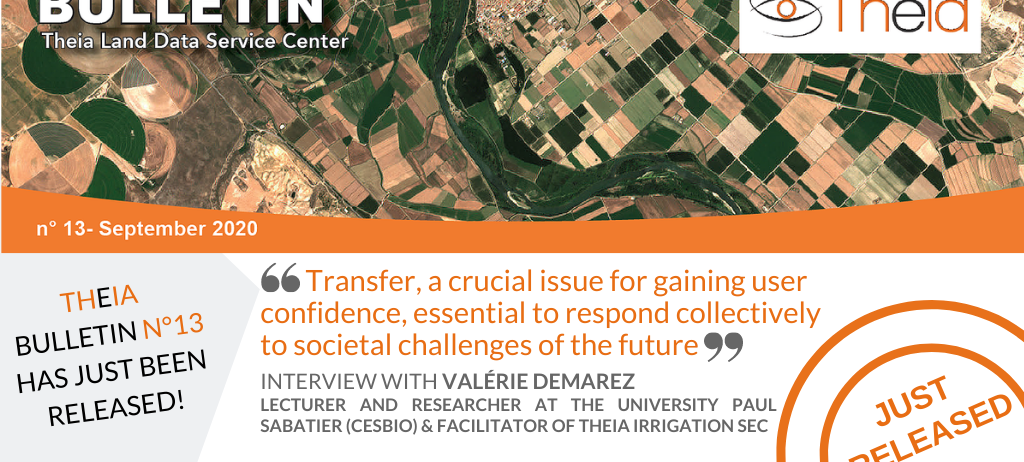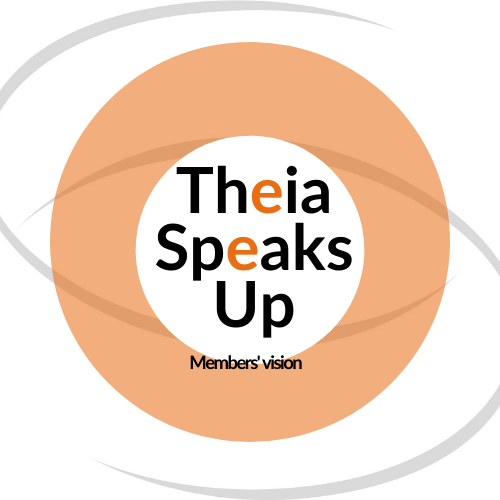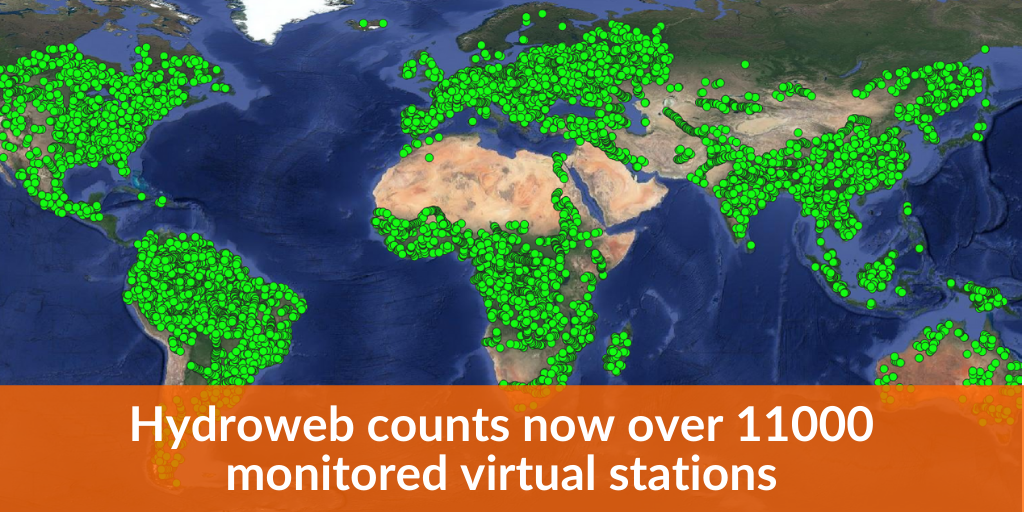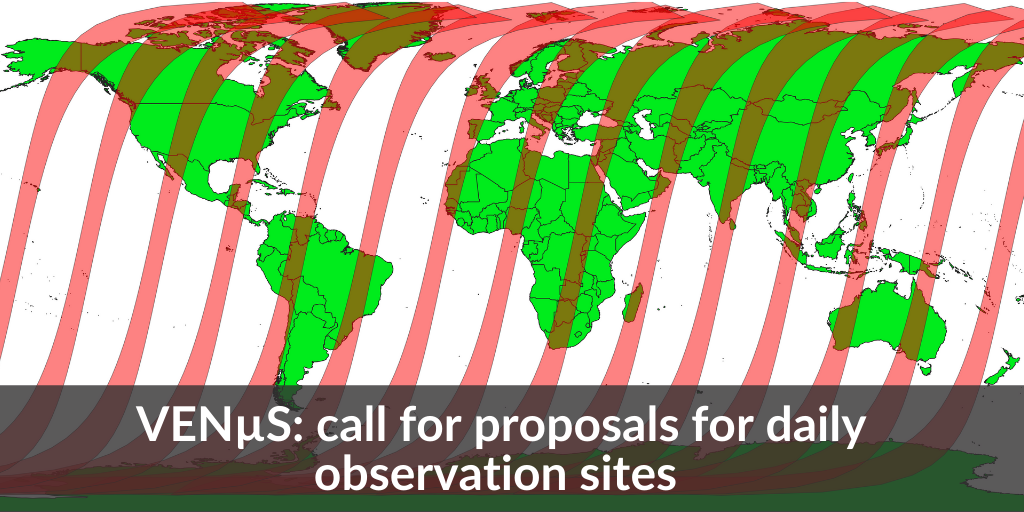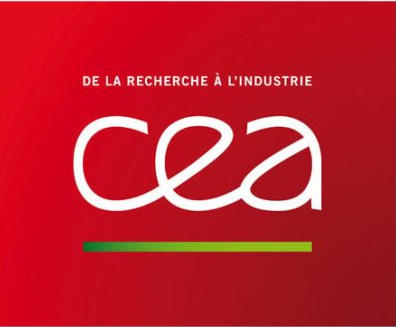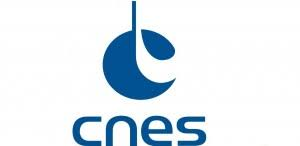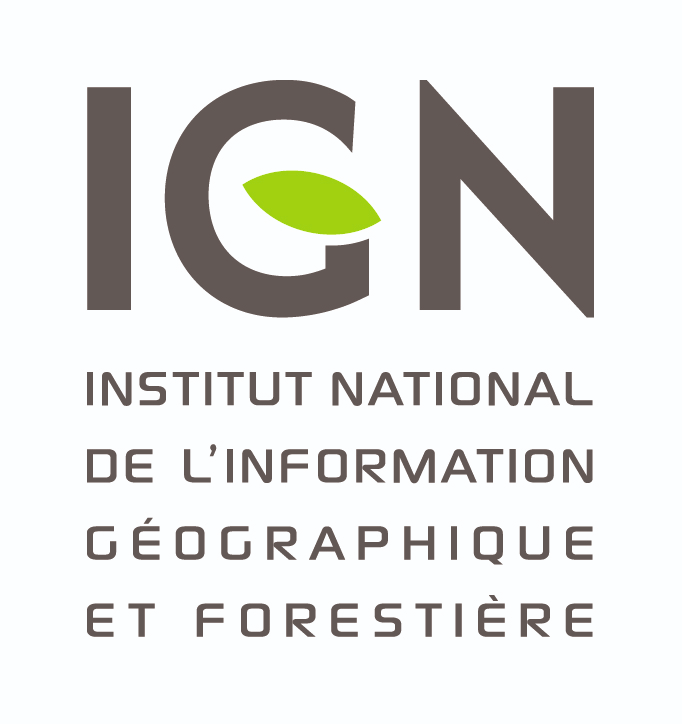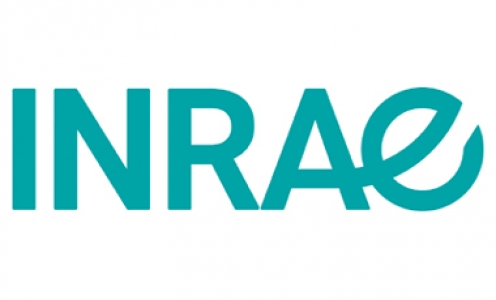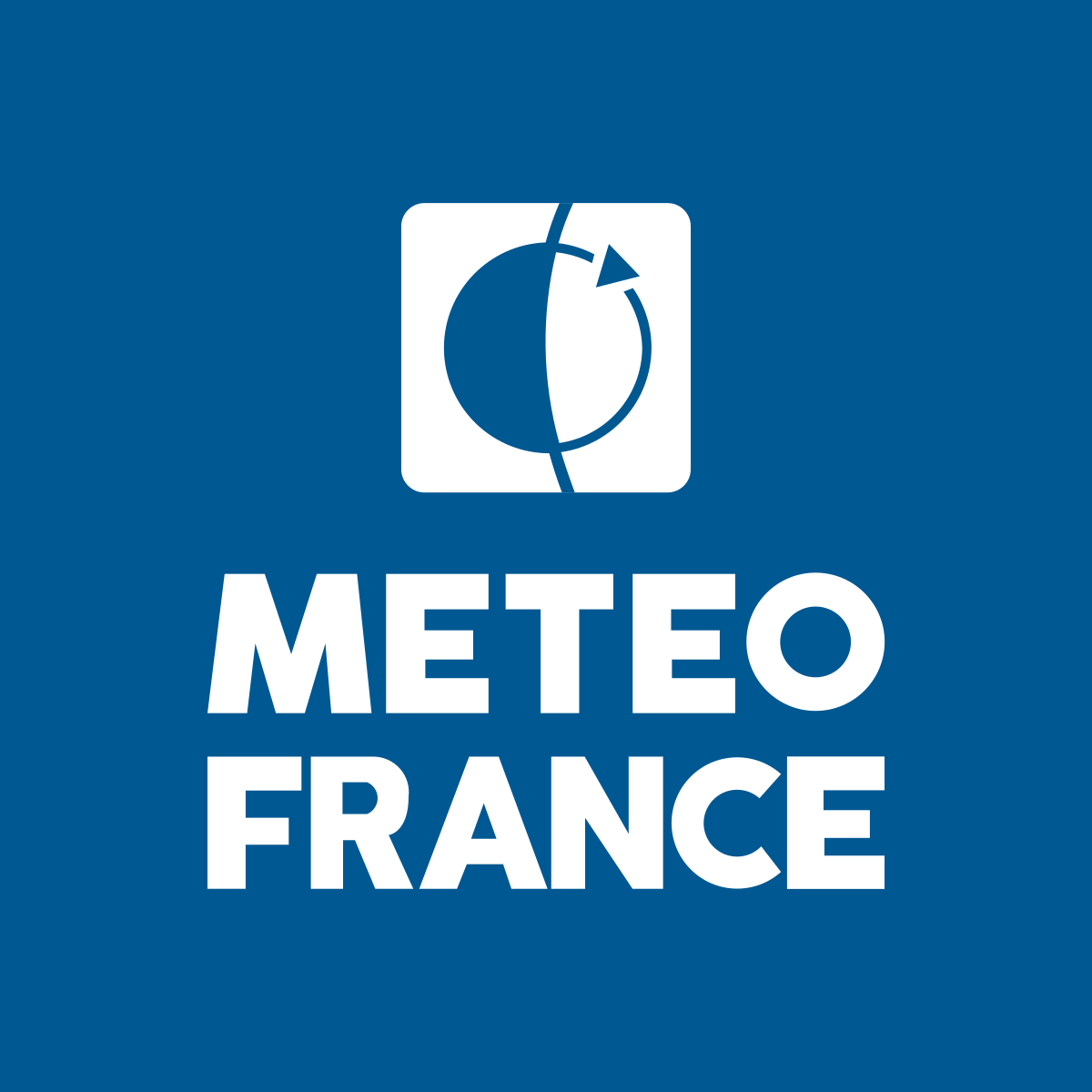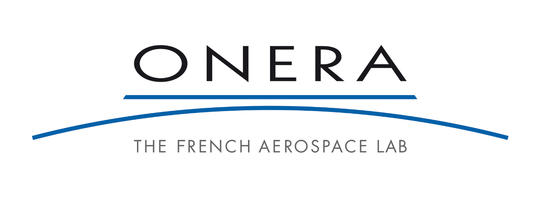Transfer, a crucial issue for gaining user confidence, essential to respond collectively to societal challenges of the future
Lecturer and researcher at the
University Paul Sabatier (Cesbio laboratory,
Toulouse III)
Facilitator of Theia
Irrigation SEC
When and why did you get involved in Theia? Where does your involvement in a structure like Theia come from?
Valérie DEMAREZ: My involvement in Theia stems from the Maïseo project in which I took part from 2012 to 2017 in collaboration with the Compagnie d’Aménagement des Coteaux de Gascogne (www.pole-eau.com/Les-Projets/Projets-innovation-finanSEC/MAISEO). While participating in this project, I discovered that water managers in France had no knowledge of the irrigated areas on their territory. My objective in this project was therefore to demonstrate that high spatial and temporal resolution (HSTR) remote sensing images could be used to detect irrigated crops over large areas (6,500 km² for the Neste catchment area).
At that time, I was also participating in the Joint Technological Water Unit (www6.toulouse. inrae.fr/agir/L-Unit/R-D-Partners-R-D/UMT-EAU) in collaboration with the INRA of Auzeville and the Single Water Management Organisations (OUG) of the Tarn-Aval and Adour-Amont basins. This UMT made it possible to highlight the needs of the OUGs which overlapped with those of the CACG, i.e. the need for methods and tools to quantify the areas and volumes irrigated on their territories.
The emergence of these needs, which are relatively recent in France, answers to the increasingly frequent recourse to water restrictions. In 2019, for example, 88 départements issued water restriction orders! The scarcity of water resource will worsen as a result of global warming and demographic pressure, in France as in many other countries that are already in situations of extreme emergency such as India, Africa or Australia. This need to provide concrete responses to the challenges of water resource management leads me to propose the Irrigation SEC (Scientific Expertise Center).
How is the link between your work as a researcher and the actions carried out within Theia?
Valérie DEMAREZ: The Theia consortium allows us to define a formal framework within which we organise exchanges between scientists and users (managers, farmers) that help us to develop our objectives and methods. For example, the Irrigation SEC focused initially on the evaluation of irrigated areas, but following these exchanges, the researchers proposed to extend the objective of this SEC to the estimation of needs and water consumption of crops. The Irrigation SEC led me to collaborate with researchers from other laboratories who are developing complementary methods and who share a common objective: to develop robust methods
that can be deployed on any territory or country. This is a major challenge that requires the pooling of ideas and methods, which is facilitated by the Irrigation SEC.
I think it is important to remember that the Theia cluster also provides access to pre-processed satellite products with high-added value. The
availability of pre-processed data enables researchers to focus on their research rather than on image pre-processing. This is a major step forward for the work of researchers and an aid to the dissemination of their methods.
In your opinion, what are the main challenges Theia is facing today?
Valérie DEMAREZ: One of the obstacles to the development of our methods is the poor availability of the in-situ data necessary to validate our approaches. Researchers spend a lot of time and energy collecting these data themselves or establishing conventions to retrieve them. In France, some databases would be very useful to researchers but are inaccessible for confidentiality reasons. Access to data as well as their level of quality varies
from country to country. Researchers facing these difficulties are struggling. The Theia consortium could facilitate access to in-situ data collected by proprietary organisations.
The use of satellite images is growing considerably thanks to recent space missions and the existence of data provision structures such as Theia. However, a link is often missing in order to ensure the transfer of methods and tools developed in laboratories to scientific and non-scientific users. In my opinion, the Theia consortium has a major role to play here. Transfer is a crucial issue for gaining the confidence of users, whose support and commitment are essential to collectively respond to the societal challenges of the future.

Valérie Demarez
CESBIO
ResearchGate
Contributions FR
Read the New Theia Bulletin
>>> Read on-line on Calaméo

